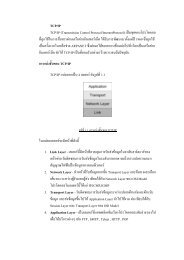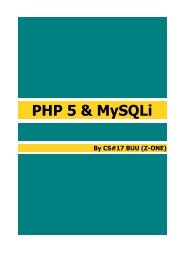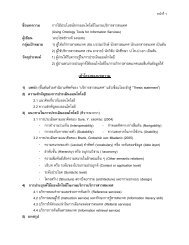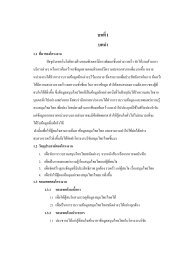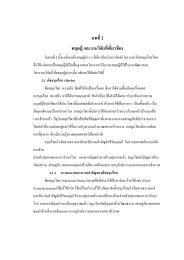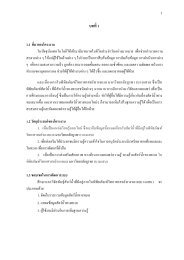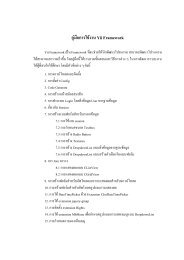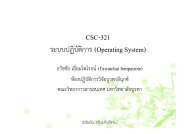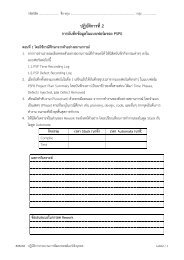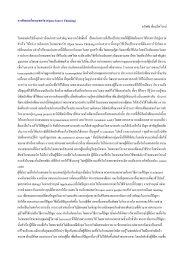INTRODUCTION TO STATISTICAL MODELLING IN R
INTRODUCTION TO STATISTICAL MODELLING IN R
INTRODUCTION TO STATISTICAL MODELLING IN R
Create successful ePaper yourself
Turn your PDF publications into a flip-book with our unique Google optimized e-Paper software.
P.M.E.Altham, University of Cambridge 43Gestational Age, in completed weeks 23 23 24 24 25 25r n r n r nEpoch= 1994-9 15 81 40 165 119 229Epoch= 2000-5 12 65 82 198 142 225Table 9.1: Survival of extremely premature babies..........Deviance Residuals:1 2 3 4 5 60.8862 -0.8741 0.2657 -0.8856 0.7172 -0.2786Coefficients:Estimate Std. Error z value Pr(>|z|)(Intercept) -1.7422 0.2265 -7.692 1.45e-14Epoch2000-5 0.5320 0.1388 3.834 0.000126GestationalAge24 0.7595 0.2420 3.139 0.001695GestationalAge25 1.7857 0.2348 7.604 2.88e-14---(Dispersion parameter for binomial family taken to be 1)Null deviance: 109.1191 on 5 degrees of freedomResidual deviance: 2.9963 on 2 degrees of freedomAIC: 42.133Number of Fisher Scoring iterations: 4Although the above analysis shows a remarkably good fit to the modellog(p ij /(1 − p ij )) = µ + α i + β j , i = 1, 2, j = 1, 2, 3(using an obvious notation) we have so far taken no account of another possibly‘explanatory’ variable, given in the BMJ paper. This is the mean number of days ofcare, per baby admitted, and this mean noticeably increases from Epoch 1 to Epoch2. What happens if you include the data from Table 9.2 into your analysis?Gestational Age, in completed weeks 23 24 25mean days mean days mean daysEpoch= 1994-9 22.9 45.0 52.6Epoch= 2000-5 34.5 58.5 82.1Table 9.2:Mean number of days of care, per admitted babyFinally, we analyse a dataset from the UK team in the 2007 International MathematicalOlympiad.There were 6 team members (whom I present anonymously as UK1, ..., UK6) and6 questions, and the possible marks for each question ranged from 0 to 7. Here isthe dataset



